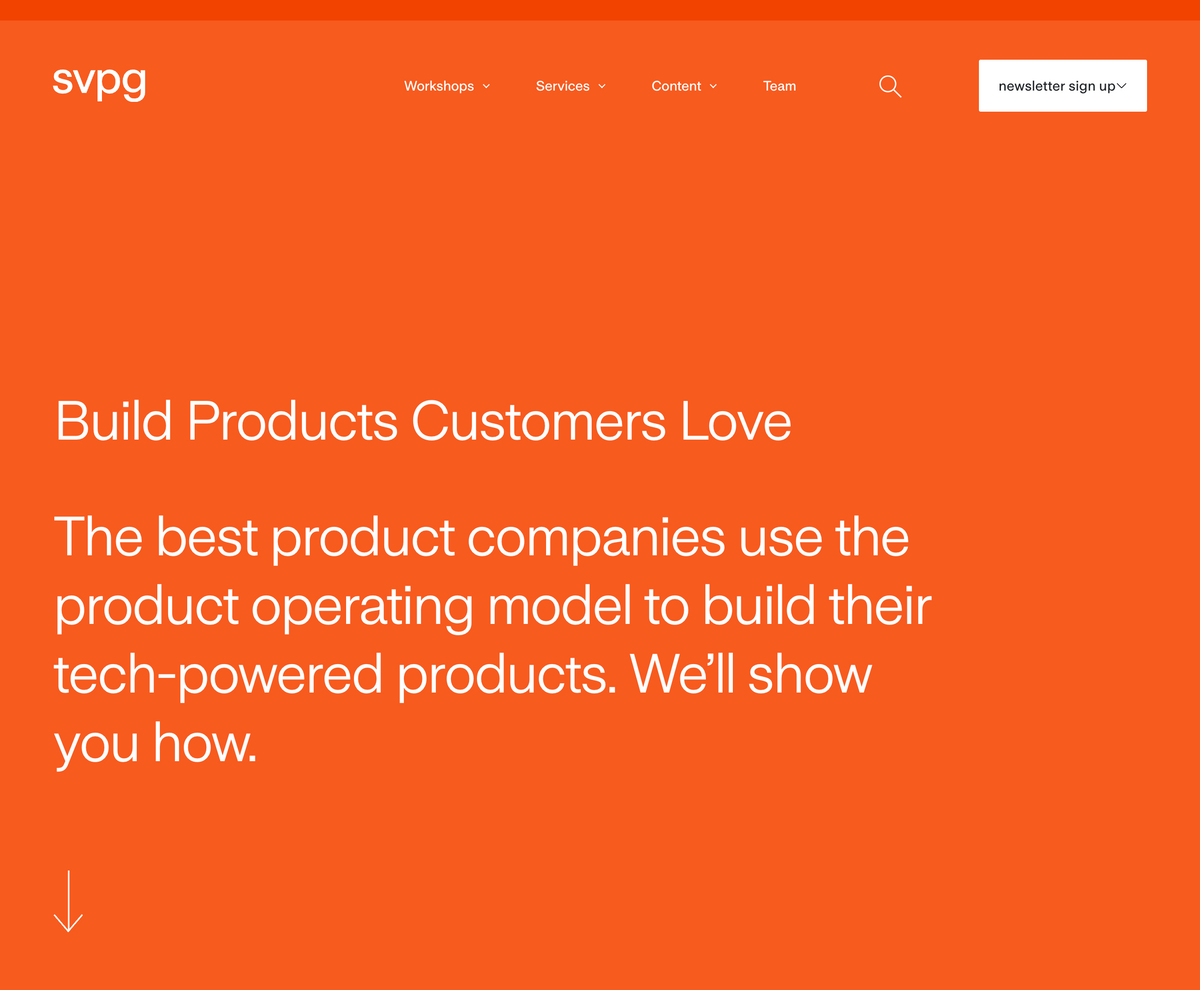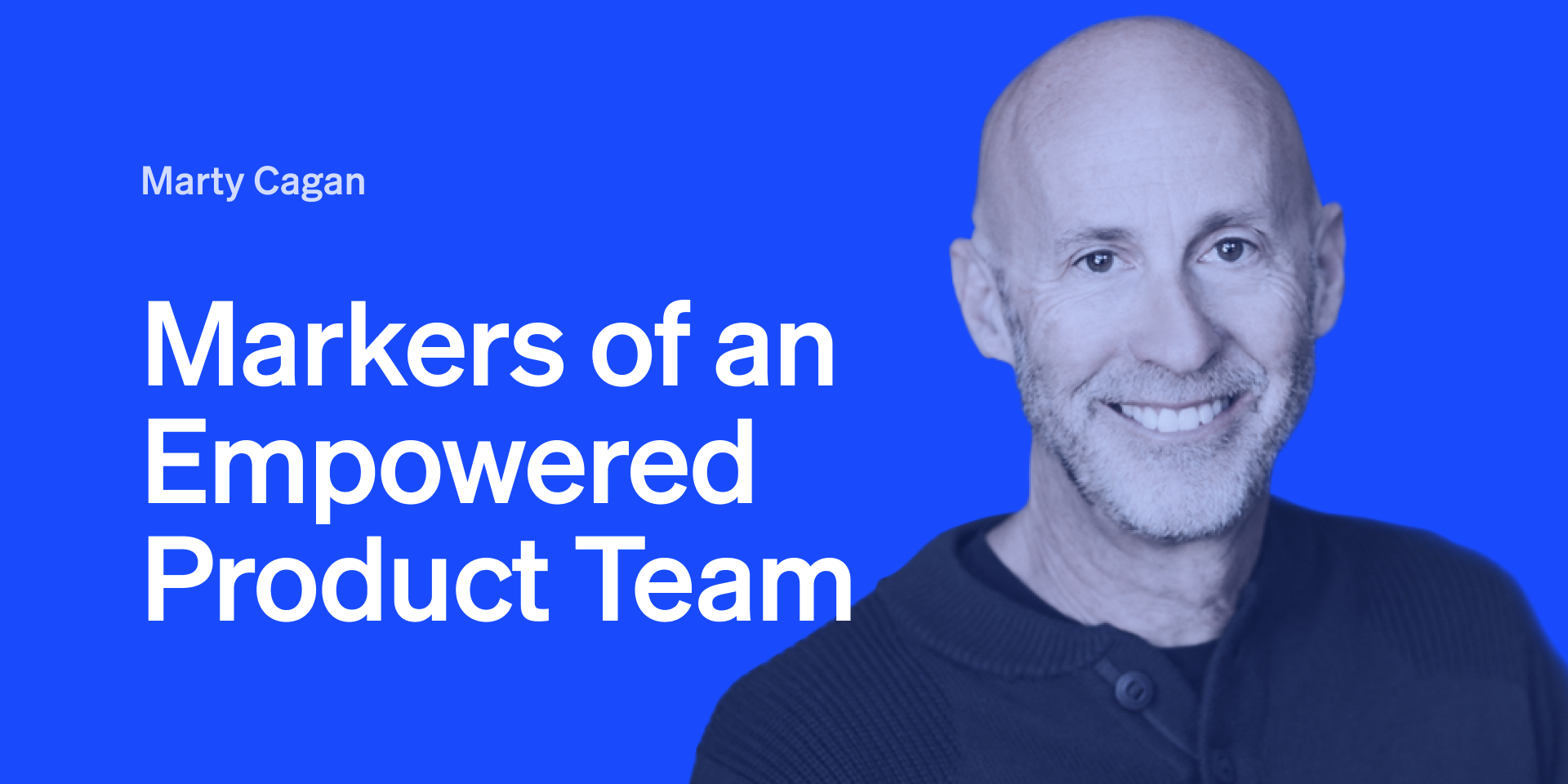SVPG – who are they and what do they do?
From humble beginnings in 2001, Silicon Valley Product Group (SVPG) steadily grew to become a globally influential organization that shaped modern best practices for technology product management.

Silicon Valley Product Group (SVPG) is an organization founded in Silicon Valley that has developed a framework and approach for building technology products. As a product leader, I found SVPG's methods informative and useful for any product manager looking to implement best practices in product development.
SVPG aims to share best practices and processes for building successful tech products by codifying the expertise of its founders gained from years working in Silicon Valley.
Specifically, SVPG advocates for
- A customer-focused approach centered on truly understanding user needs.
- Rapid iteration utilizing prototypes, minimum viable products, and continuous user feedback.
- Cross-functional, empowered teams working in close collaboration.
- Practices like discovery sprints, design sprints, and product roadmapping.
History and Overview
SVPG was established in 2001 by former Netscape product manager Marty Cagan and other Silicon Valley technology veterans. They sought to codify and share effective product discovery, development, and delivery techniques learned through their collective experiences. The SVPG approach is outlined in Cagan's acclaimed book Inspired: How To Create Tech Products Customers Love.

The core philosophy of SVPG is that the best tech products are shaped by truly understanding customer needs, rather than focusing on technological capabilities. SVPG advocates building minimally viable products first, testing them with real users, then using feedback to iterate and improve the product. This lean, customer-centric way of working is now common in technology companies, but SVPG was instrumental in pioneering and promoting it.
Marty Cagan
Marty Cagan is a renowned technology product management expert and author who founded the Silicon Valley Product Group (SVPG). He is considered one of the pioneering influences in establishing product management as a formal discipline in technology companies.

Cagan got his start in product management in the early 1990s at Hewlett-Packard. He then became one of the early Internet product managers when he joined Netscape Communications in 1995. At Netscape, Cagan helped develop the company's web browser and web server software through multiple releases.
In 1998, Cagan was appointed general manager of Netscape's new consumer and commerce division. He led strategy and development for key consumer initiatives like the Netscape Netcenter portal. However, the division was later shut down after the 1999 acquisition of Netscape by AOL.
Following Netscape, Cagan served executive roles in product leadership at several prominent Silicon Valley technology firms including eBay, Voyager Expanded Learning, and SAP. Drawing on these experiences, he founded SVPG in 2001 along with other industry veterans.
At SVPG, Cagan authored books like Inspired: How To Create Tech Products Customers Love which codified proven product management techniques. His writings and leadership in training programs established him as a sought-after expert on building successful tech products.
Today, Cagan remains active with SVPG while also serving as a senior advisor to many technology startups. He continues to be an influential voice for putting customers at the center of product development and promoting best practices for product teams. Cagan's work has been instrumental in shaping modern technology product management.
Founding (2001)
SVPG was founded in 2001 by former Netscape product manager Marty Cagan and other Silicon Valley technology veterans including Chris Jones, Pete Koomen, and Scott Schnaars.
This group sought to codify effective techniques for building inspiring technology products that they learned through experience at companies like Netscape, eBay, Yahoo, and VMware.
They aimed to share this knowledge more broadly to improve product development practices.
Early Years (2001-2008)
In the early years, SVPG focused on providing workshops and advisory services to teach their methodology.
They also built an initial community called the Alliance around these teachings, creating a network of alumni from different companies.
During this period, SVPG's ideas began taking root in Silicon Valley and influencing how internet companies approached product management.
Publishing Products (2008-Present)
In 2008, Marty Cagan published the book Inspired: How To Create Tech Products Customers Love which codified the SVPG product doctrine for a wider audience.
SVPG has since published additional books like Empowered, Sprint, and Prototype to Practice expanding on its methodology.
Today, SVPG principles reach practitioners globally through this publishing arm. Books by SVPG founders are considered canonical texts for technology product teams.
Training Programs
In recent years, SVPG has focused on training programs for product managers and leaders based on its framework.
These programs aim to develop skillsets around modern practices like continuous discovery, customer focus, and cross-functional teamwork.
SVPG now offers both public and corporate training courses to spread its teachings more broadly.
Global Reach (Present)
From grassroots Silicon Valley beginnings, SVPG philosophies have achieved worldwide adoption and remain influential.
Terms originated by SVPG like minimum viable product are now industry standard language.
Their customer-centric, iterative approach underpins how many top technology products are built today.
SVPG continues working to advance the craft of product management through education, research, and community engagement.
Over two decades, SVPG steadily grew its impact through books, trainings, alumni networks and conferences. From humble beginnings, it achieved global reach and recognition as a thought leader in technology product development.
Current Services
SVPG provides various services around speaking engagements to share their teachings, coaching for organizations going through product transformations, and a network of vetted coaching professionals they refer companies to for additional support. Their offerings aim to spread product management best practices.
Speaking Engagements
- SVPG partners available for virtual/in-person speaking events on product management topics
- Typical format: 45 min presentation + 15-30 min Q&A
- Sample topics: product transformation, empowered teams, product discovery, go-to-market
Coach the Coaches
- Immersive workshops for product/discovery coaches led by Marty Cagan
- Focused on principles, techniques, and mindset of innovative product teams
Group Coaching
- Exploring group coaching services - contact for more details
Product Coaching
- SVPG partners provide coaching to advisees
- Maintain network of independent product coaches they recommend
- Coaching areas: product leadership, empowered teams, discovery, strategy
Key Principles and Practices
There are several key ideas and recommended practices at the heart of the SVPG approach:
- Discovery - Upfront effort to deeply understand the customer problem you are solving and validate product ideas through customer research.
- Prototyping - Create simplified prototypes early, share them with prospective users, and refine concepts based on feedback.
- Minimum viable product (MVP) - Identify the simplest possible product that addresses a core customer need and provides business value. Build and launch this MVP first.
- Continuous iteration - Use data and user feedback to continually refine and improve the product in small increments rather than large, infrequent releases.
- Cross-functional teams - Assemble small teams with a mix of skills (design, engineering, product, marketing, etc.) that work closely together throughout the product cycle.
- Customer-focused mindset - Keep the end-user experience, rather than technical capabilities, as the guiding light for all product decisions.
Discovery
The discovery phase is about thoroughly understanding the customer problem you aim to solve before jumping into solutions. SVPG recommends techniques like customer interviews, user research, competitive analysis, and data review to deeply explore needs and perspectives. Key activities in discovery include:
- Interviewing target users to grasp their workflow, pain points, and desires.
- Mapping the customer journey to reveal opportunities to improve experience.
- Examining market data and trends for insights into customer behavior.
- Analyzing competitors to understand current solutions' strengths and weaknesses.
- Identifying the "minimum viable need" to focus on for the MVP.
Taking the time for rigorous discovery, though not always easy, prevents wasted effort from building the wrong features.
Prototyping
A prototype is a simplified representation of a product concept that enables validating ideas with users. SVPG advocates low-fidelity prototypes early in development, like wireframes, mockups, or basic functionality. Key aspects of prototyping include:
- Building multiple options to test different directions with users.
- Focusing prototypes on essential user interactions and flows.
- Simulating just enough functionality for users to understand the concept.
- Sharing prototypes directly with target users for feedback.
- Using feedback to determine which ideas resonate and which to discard.
Effective prototyping can narrow down concepts, clarify requirements, and save substantial rework down the line.
Minimum Viable Product (MVP)
The MVP is the first product you release to users that satisfies a core need. SVPG's advice is to resist packing everything into the initial launch. Elements of an good MVP:
- Focuses on the riskiest parts of the product - what must be proven with users.
- Includes just enough features to address a significant customer need.
- May be rough, but is usable by early adopters.
- Is built quickly with least amount of effort.
- Establishes basis for gathering user feedback.
Keeping the MVP small and nimble maximizes learning while minimizing required effort.
Continuous Iteration
Rather than long release cycles, SVPG advocates releasing frequent small increments. Each iteration provides an opportunity to get user feedback and refine the product. Keys to effective continuous iteration:
- Planning sprints or milestones that deliver working software.
- Adding small batches of features, fixes, or experiments each iteration.
- Updating priorities and plans at the end of each sprint.
- Using metrics, data, and user input to guide ongoing development.
- Maintaining a predictable rhythm of releases.
Continuous iteration accelerates learning cycles and keeps improvements flowing to users.
Cross-Functional Teams
SVPG favors small, focused teams with diverse skillsets that collaborate across disciplines. Benefits of cross-functional teams:
- Faster decision making with fewer dependencies.
- Shared ownership and accountability.
- Holistic view of user needs and product goals.
- Tighter feedback loops across design, tech, and business.
- Natural agility from end-to-end participation.
Keeping teams small, cross-trained, and empowered provides flexibility and alignment.
Customer-Focused Mindset
A customer-first mentality underlies all SVPG principles. Tactics that cultivate this:
- Including customer representatives throughout the product team.
- Participating in ethnographic research to observe real user behavior.
- Embedding with partners or customers to build first-hand empathy.
- Prototyping early and exposing concepts directly to users.
- Planning iterations around solving customer problems.
- Orienting processes, communication and metrics toward end-user value.
SVPG maintains that the customer viewpoint must drive priorities and decisions for product success.
SVPG's Impact and Influence
In addition to providing practical guidance for product teams, SVPG has had a meaningful influence on the evolution of product management itself. The organization was instrumental in promoting the empowered, customer-focused product manager role that is common in technology companies today.
By sharing its methods through books, events, and a network of alumni, SVPG played a major part in spreading product best practices throughout Silicon Valley and beyond. Many influential tech product leaders either came directly from SVPG or adopted its teachings. This helped establish product management as a true profession with sound principles across the industry.
Though SVPG began in Silicon Valley, its impact has spread globally. The frameworks and mindsets SVPG championed are now widely embraced by startups and enterprises worldwide. Terms like minimum viable product and product/market fit, popularized by SVPG, are part of the standard product lexicon.
While product management would still have evolved as a role without SVPG's contributions, the organization accelerated this evolution tremendously. By codifying and disseminating proven product theories and methodologies, SVPG helped elevate the work of product teams and improved the hit rate of successful technology products and services. Its body of knowledge continues to serve as a foundation for excellent product management.
Read more from SVPG





